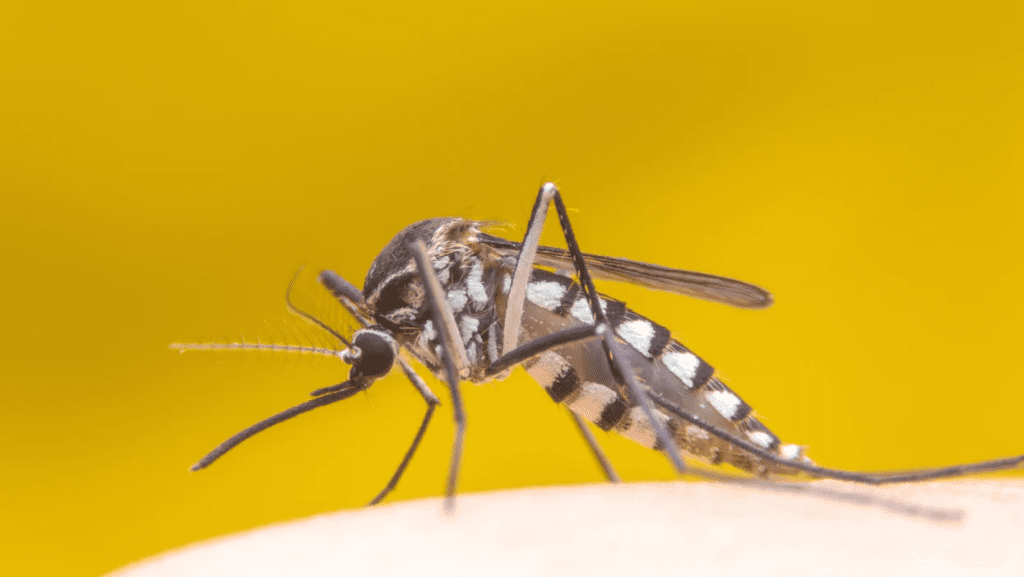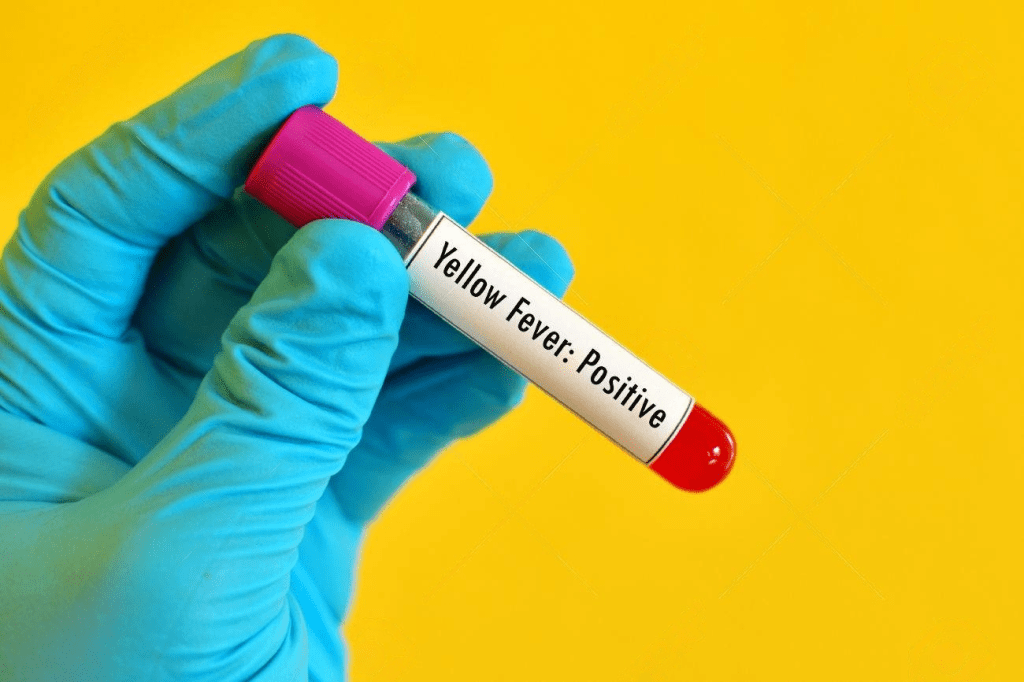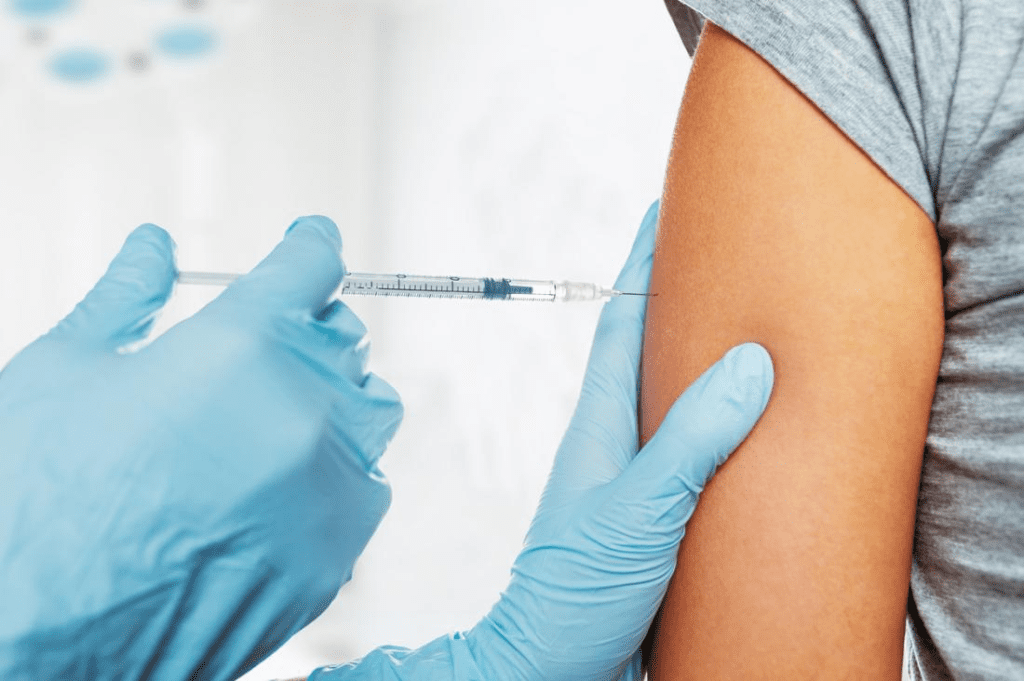Infectious diseases have shaped human history in numerous ways, and one such disease that has left a significant impact is yellow fever. This mosquito-borne viral illness, prevalent in certain parts of the world, has caused widespread outbreaks and has led to considerable research efforts. In this comprehensive guide, we’ll delve into the causes, symptoms, preventive measures, and expert advice related to yellow fever.
Table of Contents
- Understanding Yellow Fever
- Causes and Transmission
- Signs and Symptoms
- Diagnosis and Medical Care
- Preventive Measures
- Vaccination: Your Best Defense
- Outbreaks: Past and Present
- Travel Advice for Yellow Fever Areas
- Research and Advancements
- Conclusion
1. Understanding Yellow Fever
Yellow fever is a viral infection caused by the yellow fever virus, belonging to the Flaviviridae family. It primarily affects humans and some non-human primates, making it a zoonotic disease. The virus is transmitted through the bites of infected mosquitoes, mainly Aedes aegypti, found in tropical and subtropical regions.

2. Causes and Transmission
The yellow fever virus is primarily transmitted through the bite of female mosquitoes that have acquired the virus from feeding on infected primates or humans. The virus cannot be spread directly from person to person. The disease is more prevalent in densely populated urban areas with inadequate sanitation and where mosquito populations thrive.
3. Signs and Symptoms
After an incubation period of 3 to 6 days, yellow fever symptoms can range from mild to severe. Mild cases may involve fever, headache, nausea, and vomiting. However, more severe cases can lead to high fever, jaundice (yellowing of the skin and eyes), and even organ failure. This is where the disease gets its name.
4. Diagnosis and Medical Care
Diagnosing yellow fever requires a thorough medical evaluation. Early detection is crucial for effective treatment. Laboratory tests can confirm the presence of the virus or antibodies in the blood. There is no specific antiviral treatment for yellow fever, so medical care mainly focuses on relieving symptoms and providing supportive care.
5. Preventive Measures
Preventing yellow fever involves controlling mosquito populations and minimizing exposure to bites. This can be achieved through the use of insect repellents, wearing protective clothing, and eliminating stagnant water where mosquitoes breed. Public health efforts also include mosquito control programs and vaccination campaigns in at-risk areas.

6. Vaccination: Your Best Defense
Vaccination is the most effective way to prevent yellow fever. A single dose of the yellow fever vaccine provides long-lasting immunity for most individuals. The vaccine is recommended for those traveling to or residing in yellow fever-endemic regions. Some countries even require proof of yellow fever vaccination for entry.
7. Outbreaks: Past and Present
Yellow fever has a history marked by devastating outbreaks. In the 18th and 19th centuries, it was a major threat in the United States. The construction of the Panama Canal was also hindered by the disease. Today, outbreaks continue to occur in Africa and South America, emphasizing the need for ongoing vigilance and control measures.
8. Travel Advice for Yellow Fever Areas
Travelers to regions where yellow fever is endemic should take precautions. Check if your destination requires a yellow fever vaccine certificate for entry. Even if not mandatory, getting vaccinated is strongly advised to protect yourself and prevent the spread of the disease to non-immune populations.
9. Research and Advancements
Research on yellow fever has led to a deeper understanding of the virus, its transmission, and its impact. Advancements in mosquito control, vaccination strategies, and antiviral drug development have contributed to better preparedness and response to outbreaks. Ongoing research continues to shed light on this complex disease.

10. Conclusion
In conclusion, yellow fever remains a significant public health concern in certain parts of the world. Understanding its causes, symptoms, and preventive measures is essential for both individuals and communities at risk. By staying informed, following recommended guidelines, and prioritizing vaccination, we can collectively work towards reducing the impact of yellow fever and preventing future outbreaks.
Remember, when it comes to yellow fever, knowledge and proactive measures are our strongest allies.
As you can see, this guide covers the various aspects of yellow fever comprehensively. By following these insights and guidelines, you can equip yourself with the knowledge needed to stay safe and informed. Stay vigilant, stay informed, and prioritize your health, especially if you’re traveling to regions where yellow fever is a concern.




